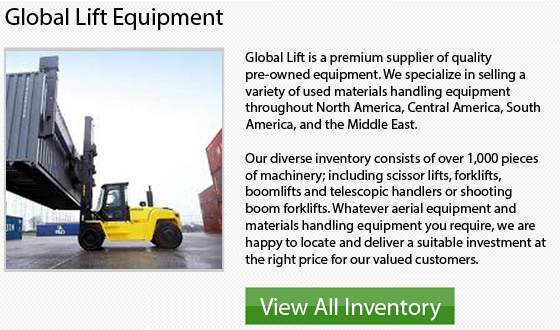
Sideloaders have become a great choice for lots of companies needing to perform handling tasks on unconventional cargo. Sales of these units are small though, taking up 1% to 5% of the global forklift market.
Sideloaders are rather common within the aluminum, timber, steel, glass, construction and aviation industries. Additionally, they are utilized in industries that are making unusual objects including windmill arms and moldings. Practically any industry which makes oversized long or awkward objects uses the side-loaders.
During the start of the 1950's, Henry Le Grande Lull from the Lull Manufacturing Company originally designed the sideloader lift truck. These early models were requested from the United States Air Force. The original concept was patented for commercial use but it was not made until Lull Manufacturing was taken over by the Baker Raulang Company in the year 1959. It was Baker Raulang who put the design into production. Later, the name was changed to Baker Traveloader. In the late 1950s, the side-loaders were introduced to Europe. The beginning units were designed by Italian manufacturer Fiora and the afterwards B-P Battioni e Pagani who pioneered the equipment's use in timber yards.
The side-loader is a bit different from the counterbalanced forklift, since the traditional forward-traveling lift trucks have front facing forks while the side-loader has side facing forks. The operator though will drive in a cabin similar to those utilized in traditional lift trucks. The lifting, loading, and unloading functions are performed by the mast located at the right-hand side of the driver. The cargo is normally transported lying on a wooden or metal deck. This helps to lessen stress, distortion and damage to the cargo. New innovations to the side-loader design have integrated a huge range of lifting accessories being developed.
The use of side-loaders as opposed to the reach-stackers or conventional lift trucks: safer operating conditions, better visibility, and the ability to utilize available space more efficiently in addition to faster traveling speeds.
Only once you assess your work setting and types of applications you will be putting your machine through, will you be able to precisely know the best type of equipment to complete your tasks. There are some good rental alternatives available too in order to know the right type of machine to meet all your requirements. Doing some research on the World Wide Web or talking to a reputable dealer is another good way to get some information also when trying to figure out the right choice.